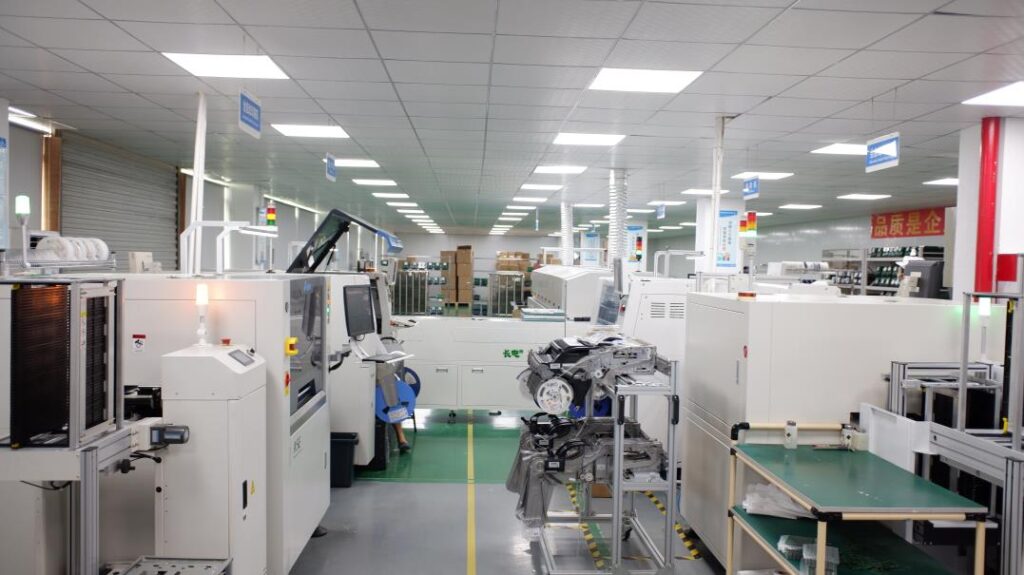
China is recognized as the only country with a fully comprehensive industrial supply chain—something that gives it a huge advantage in global manufacturing, especially in electronics. Compared to other industrial nations like Mexico, choosing a Chinese OEM isn’t just about cost efficiency; it’s about tapping into the unique supply chain integration and technical expertise that China has. Let’s walk through a real example—a motor controller production process—to highlight the actual advantages of Chinese manufacturing.
1. Integrated Supply Chain Efficiency
For products like motor controllers that need components like microprocessors, power devices, sensor modules, and power supplies, a Chinese OEM can source pretty much everything locally. When an order comes in, they’re able to quickly pull from local suppliers for each part, speeding up the whole journey from design to production. This integrated approach cuts down on logistics and coordination costs and keeps production moving at a fast pace.
In motor controller production, power modules, PCB boards, and connectors can all be sourced nearby, allowing Chinese factories to get right to work with assembly and testing. OEMs in countries like Mexico, by contrast, often need to import key components, which makes their supply chain a bit less stable and can interrupt the production rhythm.
2. Advanced Quality Control and Technical Expertise
Chinese OEMs have a mature approach to quality control and technical processes. Take motor controller production, for instance: Chinese manufacturers will typically use automated testing systems to make sure each controller works smoothly across various power levels and load conditions. Most of these OEMs have set up systems that simulate real-world conditions, so the controllers meet tough quality standards before they ever get shipped out.

Countries like Mexico also follow quality standards, but they often don’t have the same level of automated testing equipment or precision-driven processes that Chinese OEMs use for complex electronics. This can mean a heavier reliance on manual testing, which might impact the final product’s consistency and reliability.
3. Cost Efficiency and Production Speed
Even with rising labor costs, Chinese OEMs still keep competitive prices due to advanced automation and efficient production management. For motor controller manufacturing, a typical Chinese factory can quickly transition from sample production to large-scale mass production. This kind of flexibility doesn’t just support faster delivery times—it helps keep costs low, especially with bulk orders.
In motor controller production, for instance, Chinese factories can use fully automated SMT (surface-mount technology) and soldering lines, making sure complex circuits and high-power components are precisely assembled. Mexican facilities, on the other hand, may lean more on manual assembly due to limited automation, which can affect both production speed and consistency.


4. Global Logistics and Delivery Networks
Chinese OEMs aren’t just efficient in production—they’ve got a major edge in global logistics, too. A lot of Chinese factories are near big ports and have access to extensive air, sea, and rail transport networks, so they can ship large volumes of motor controllers quickly and efficiently to clients worldwide. For businesses with global distribution needs, China’s logistics system really helps with on-time delivery and fast market response.
While Mexico’s proximity to the U.S. gives it an edge for American companies looking for “nearshoring” options, China’s logistics network covers a wider range, providing high-speed shipping and accurate delivery across the globe.
Conclusion
The production of a motor controller shows just how competitive Chinese OEMs are on a global scale. Thanks to a fully integrated supply chain, advanced technical know-how, strong quality control, and an efficient logistics network, manufacturing in China helps clients respond to market demands faster, all while keeping things efficient and reliable.